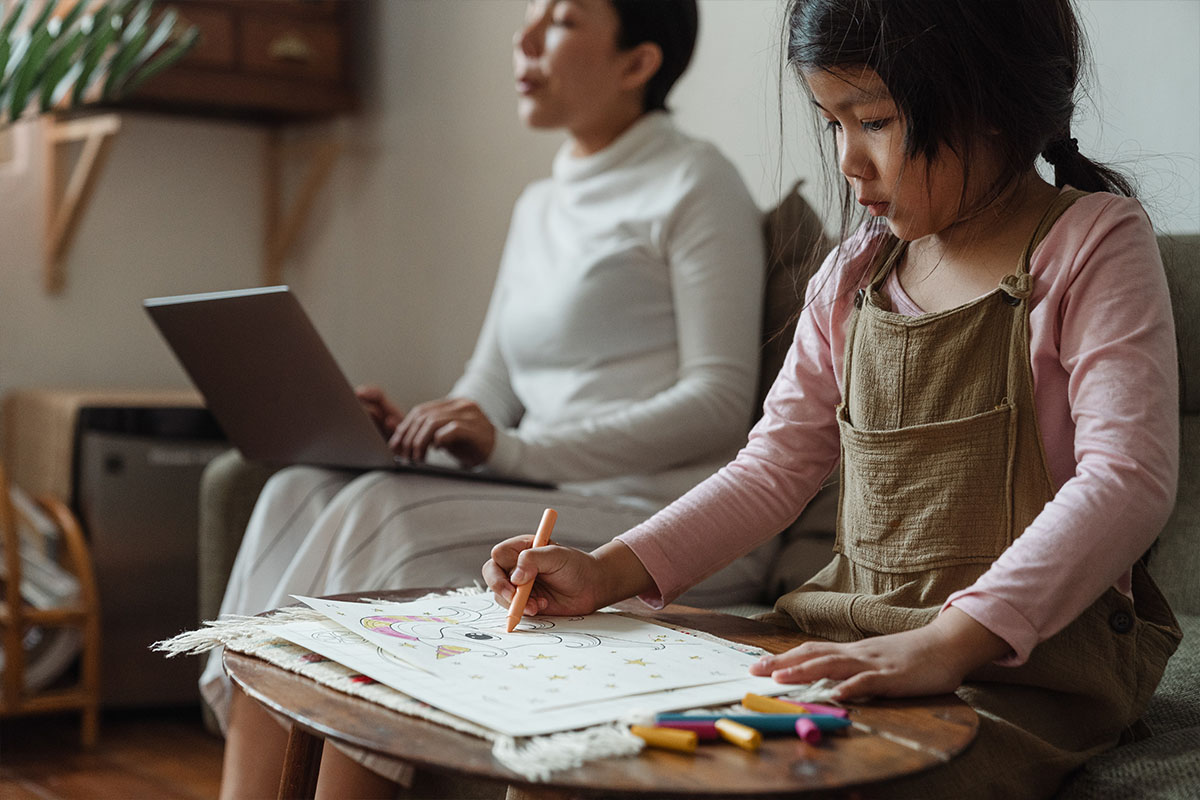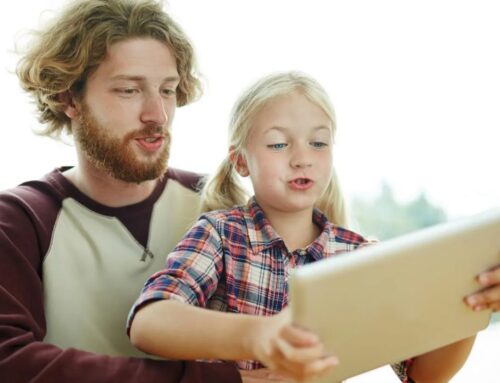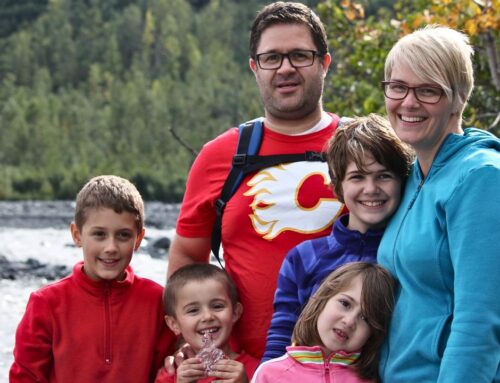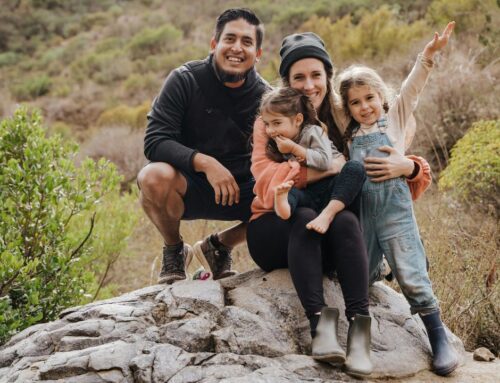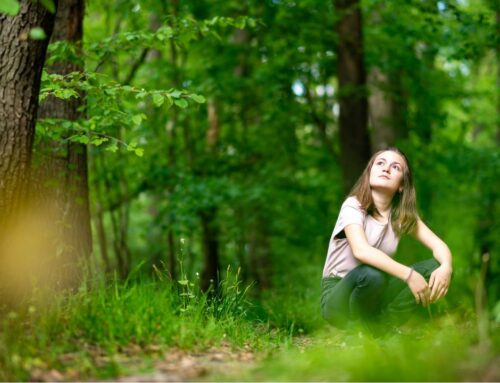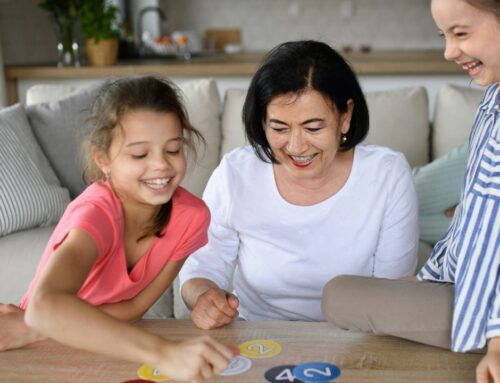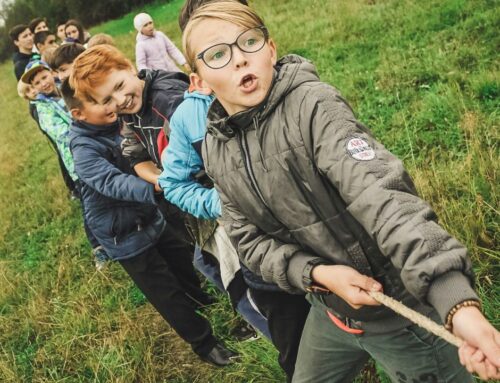SelfDesign’s entire foundation is built upon the fact that learning happens all the time and everywhere. As Brent Cameron, founder of SelfDesign aptly said; “In SelfDesign, the curriculum is human experience.” So, how do SelfDesign’s educators determine that learners are learning and integrating new skills and knowledge from and across their everyday experiences, as is required by the B.C. curriculum?
In the traditional classroom setting, teachers have always used tests, grades and reports to assess learning. If those three words make you quiver, you’ll be relieved to learn about an alternative model that SelfDesign uses that assesses learning through observing and about our learner-led philosophy that goes hand-in-hand with supporting a learner’s curiosities.
At SelfDesign Learning Community, we assess our learners based on competencies, and we do this not through grades but through a process we call “Observing for Learning.” Our B.C.-certified educators participate in ongoing weekly conversations with learners and their families. This type of communication and dialogue is led by the educator, with participation and input from the learner and family. In the Observing for Learning process, you observe and reflect on your child’s learning during that week.
“Observing for learning is at the core of SelfDesign’s philosophical model,” says Principal of Educational Programs Nikki Kenyon. “It’s the idea that learning is always happening, and every learning experience and every learner is legitimate. We have the opportunity to support this learning through observation. By engaging with kids in their learning, we watch, we listen, and we discuss with them. We engage in conversation. These generative conversations allow for our learners to grow in a natural way.”
At the heart of it, it’s about discovering what catches the learner’s interest and doing what we can to deepen and grow that interest.
Cheryl Woodhouse, a SelfDesign parent, looks at Observing for Learning as this amazing process she gets to go through every week…
“Where essentially I get to journal about what my children are learning,” she explains. “And I get to share it with our educator and she reflects back to me the things I don’t see, about the learning that’s taking place in the everyday things! It reignites this spark inside me to see it for myself.”
Watch the video below to learn more about how we assess learning at SelfDesign:
This open-ended space and the style of open-ended engagement allows learning to happen naturally. No learning agenda was outlined – and yet authentic learning took place because curiosity was fostered. This is what we mean at SelfDesign when we say “learning happens everywhere” and “learning is always happening.”
Kathleen Forsythe is a learning consultant at SelfDesign. She’s also our former vice-principal, principal and executive director, and has been involved with SelfDesign since its inception.
“When the education model assumes that learning happens wherever learners are engaged and involved, then learning doesn’t require a classroom structure and a teacher but happens wherever the learner is best engaged,” Kathleen says. “Observing learning as it emerges allows for dynamic and flexible conversation about the learning, supported by technological systems.”
She says the role of the educator is “to enter into conversation with the family in regards to the Observing for Learning. In B.C., this process must connect with the indicators of learning and competencies set out by the Ministry of Education. Our educators are supported to understand how to assess the learning shared by understanding that learning can look many different ways. Our educators must be aware of the individual learner’s plans, developmental level and capacity in order to assess whether their experiences adequately reflect the skills and competencies that may be expected to arise.”
Observing for Learning at the family level means the parent’s relationship to their child becomes one of observing for learning opportunities as they arise, rather than teaching from a textbook. The conversation and interactions through Observing for Learning become the educational process.
Gathering the evidence of these interactions through writing, digital pictures and videos mean they become the artifacts of a dynamic and emergent learning process. They document what actually happens from the learner’s and the observer’s perspective.
“The Observing for Learning model is a sound example of how learning can be personalized to each learner and yet be accountable in a significant manner as the artifacts become the hard data of the learning rather than standardized tests,” Kathleen says.
While the core model of Observing for Learning has not changed since its beginning in 2001, SelfDesign has flowed through various platforms of technical infrastructure for hosting the conversation between the learner, family and educator. Compared to using fax in the early days, the ability to send videos and do live face-to-face chat through video conferencing today makes this the best time in history to be a tech-enabled school practising the revolutionary model of observing and supporting dynamic learning.
To learn more about our approach to learning at SelfDesign we encourage you to read the blogs listed below:

